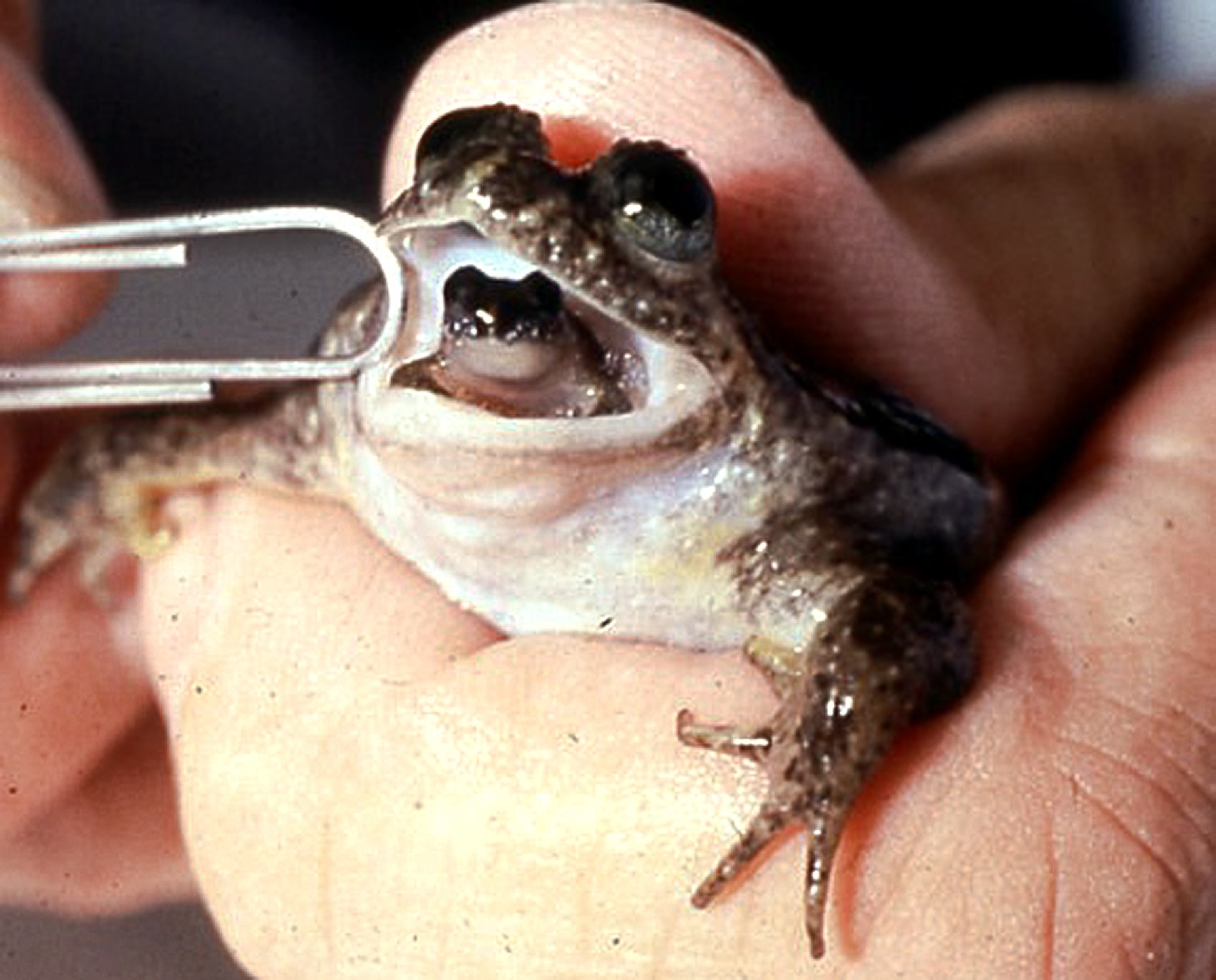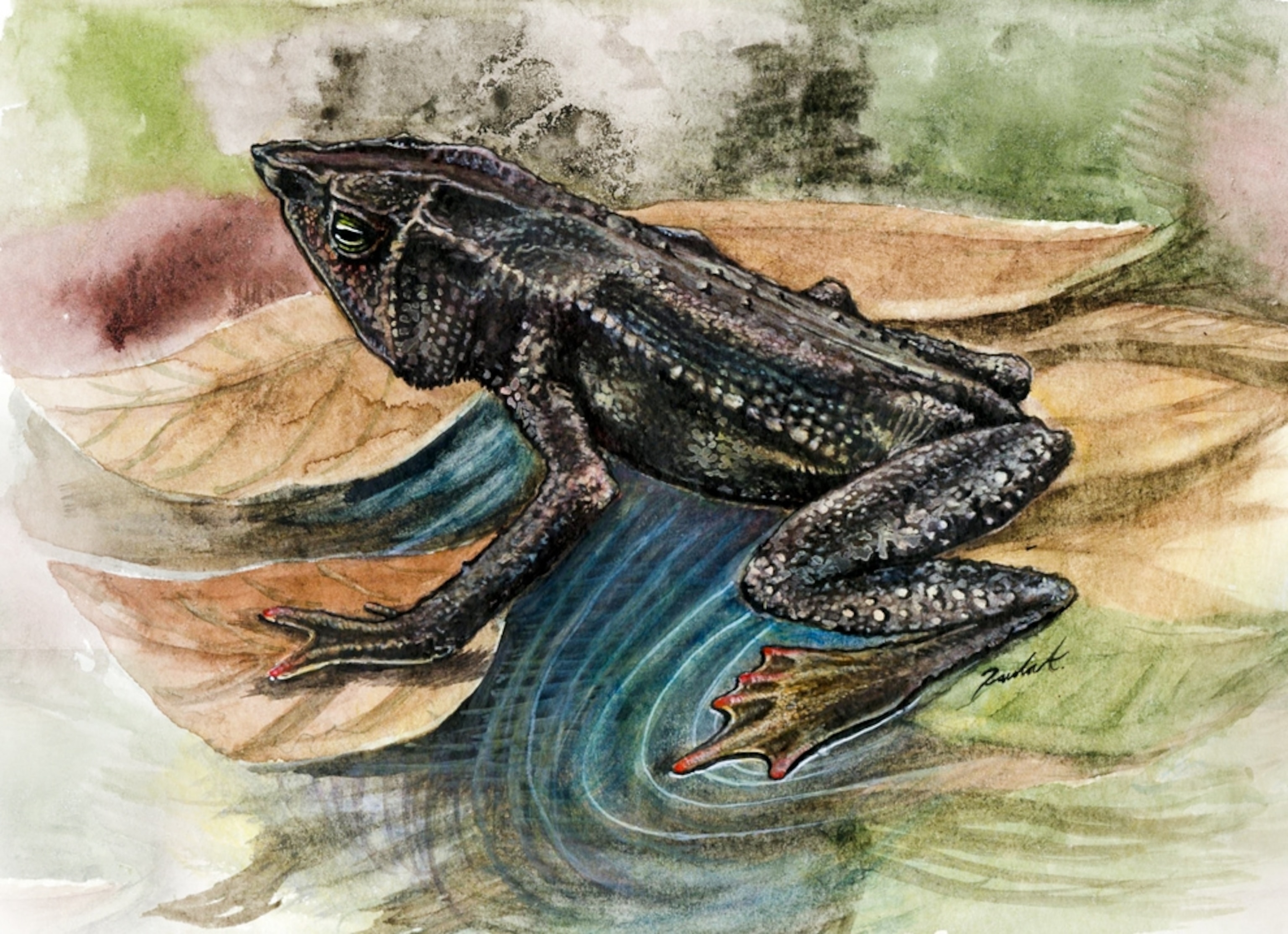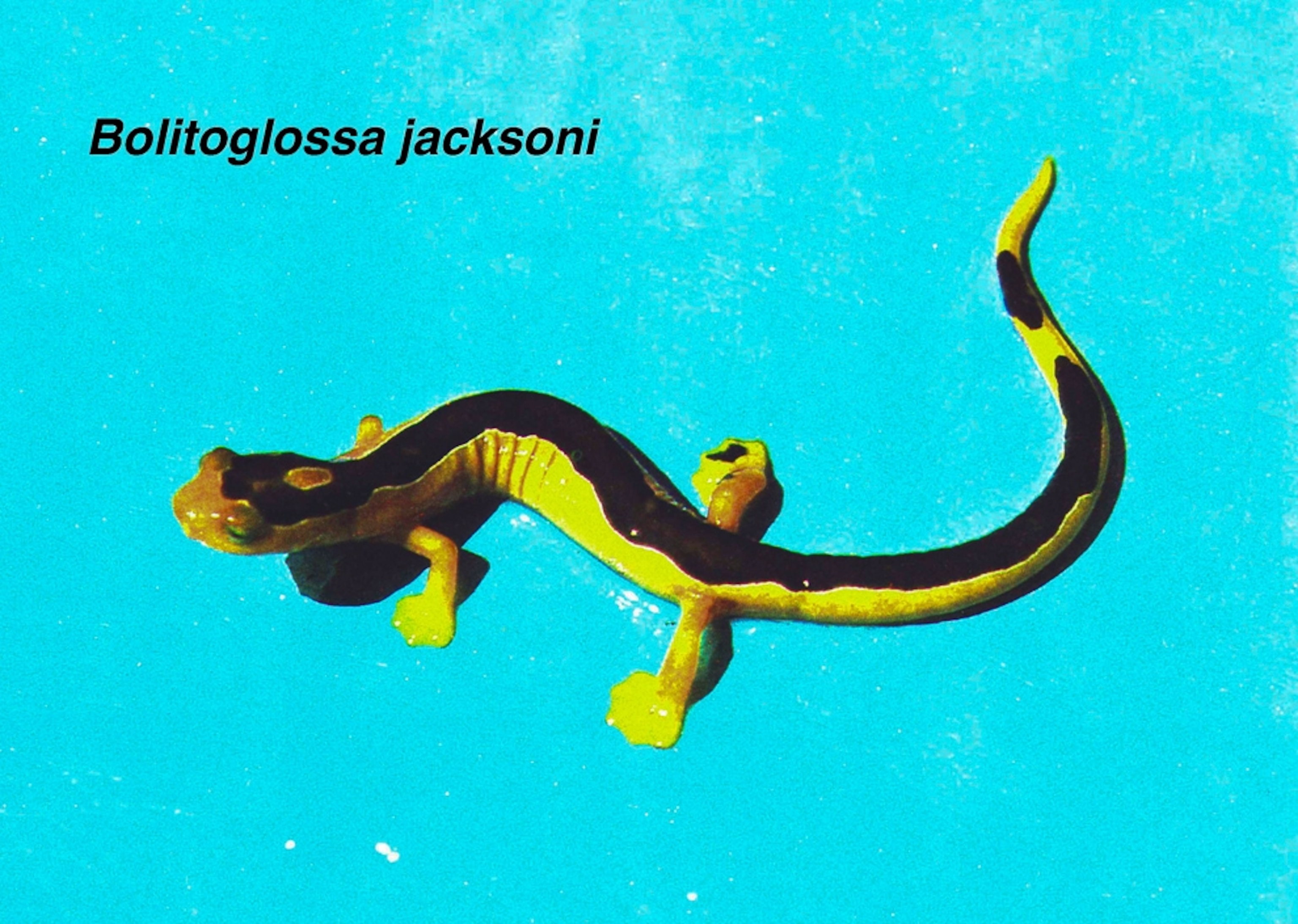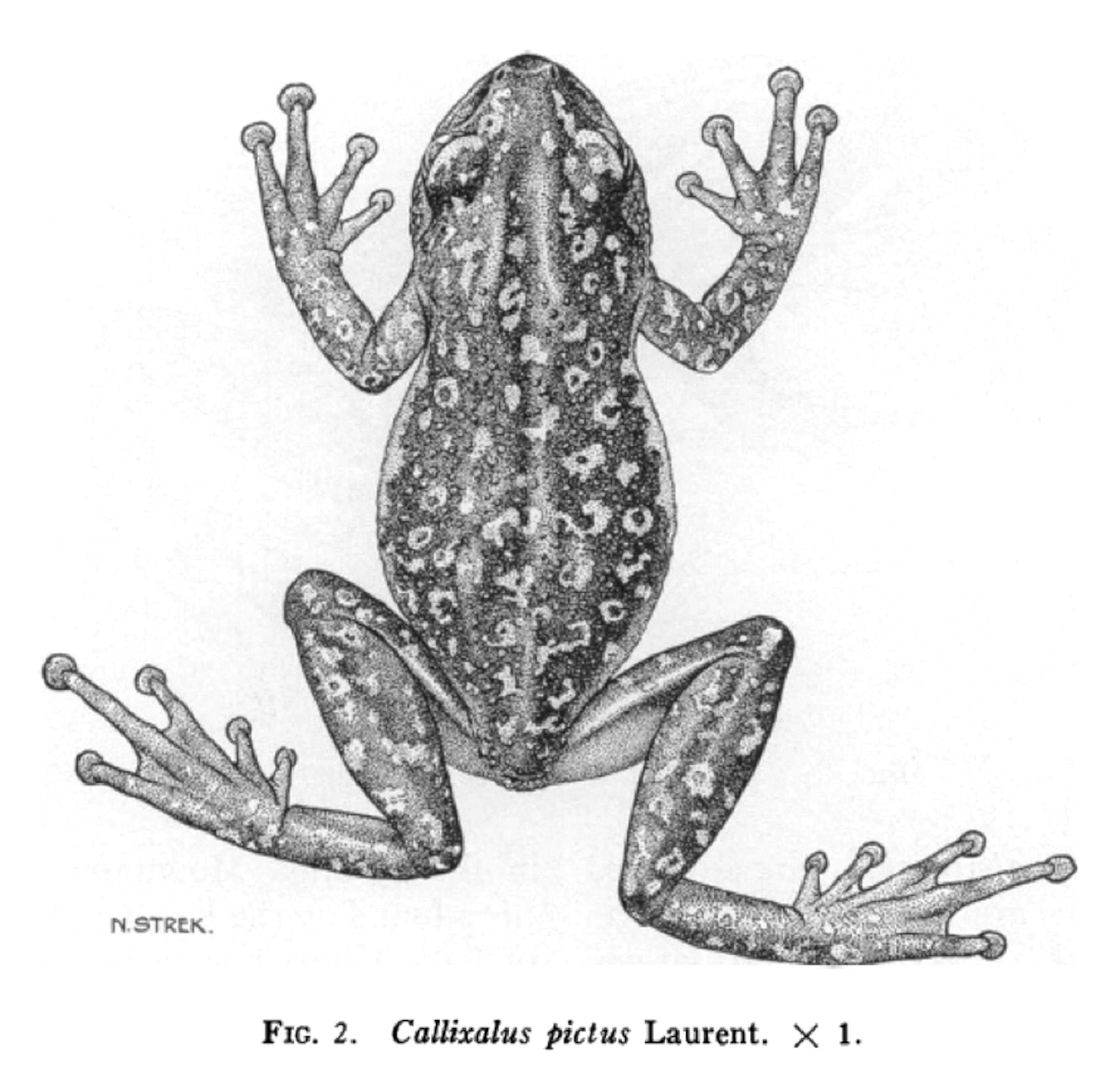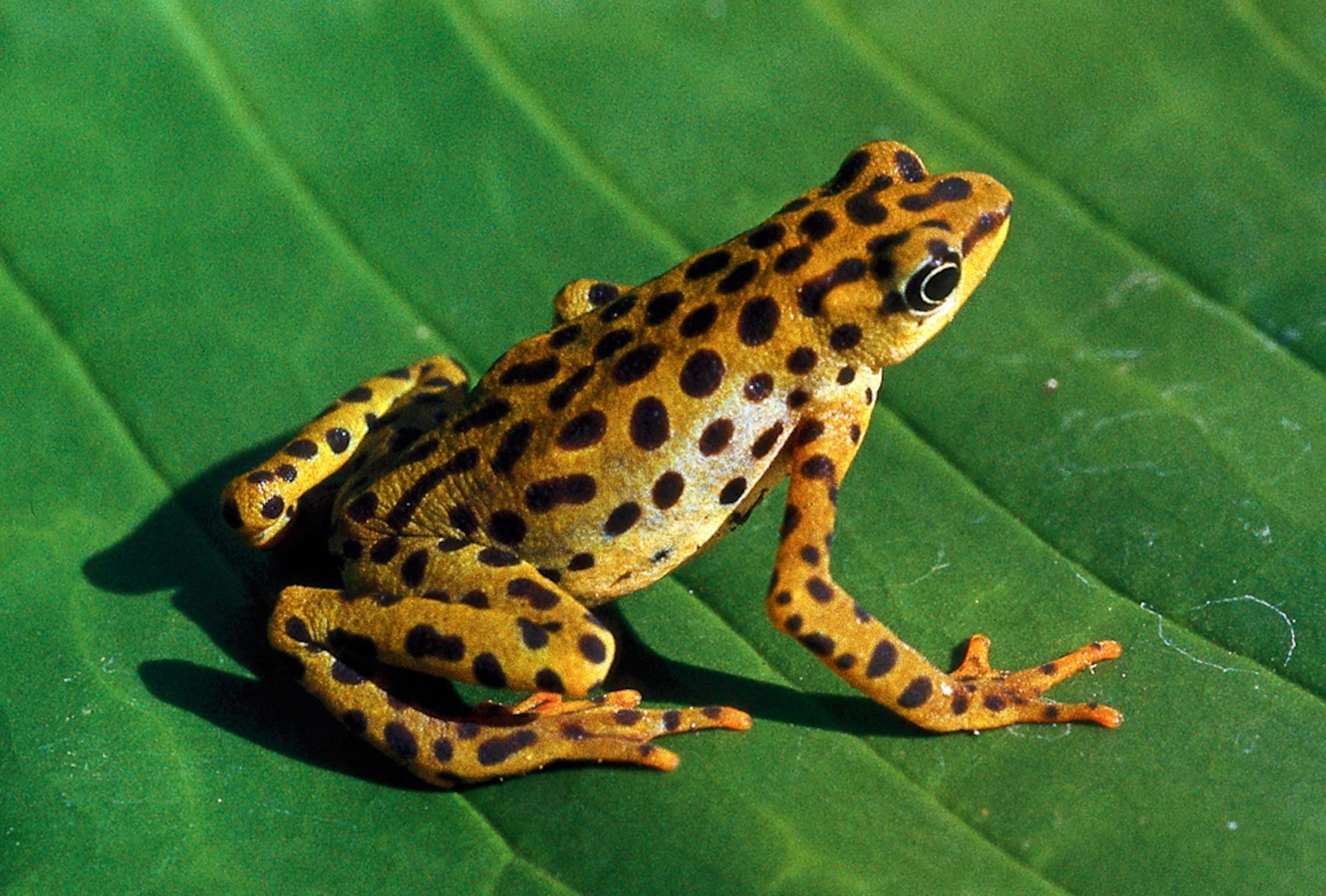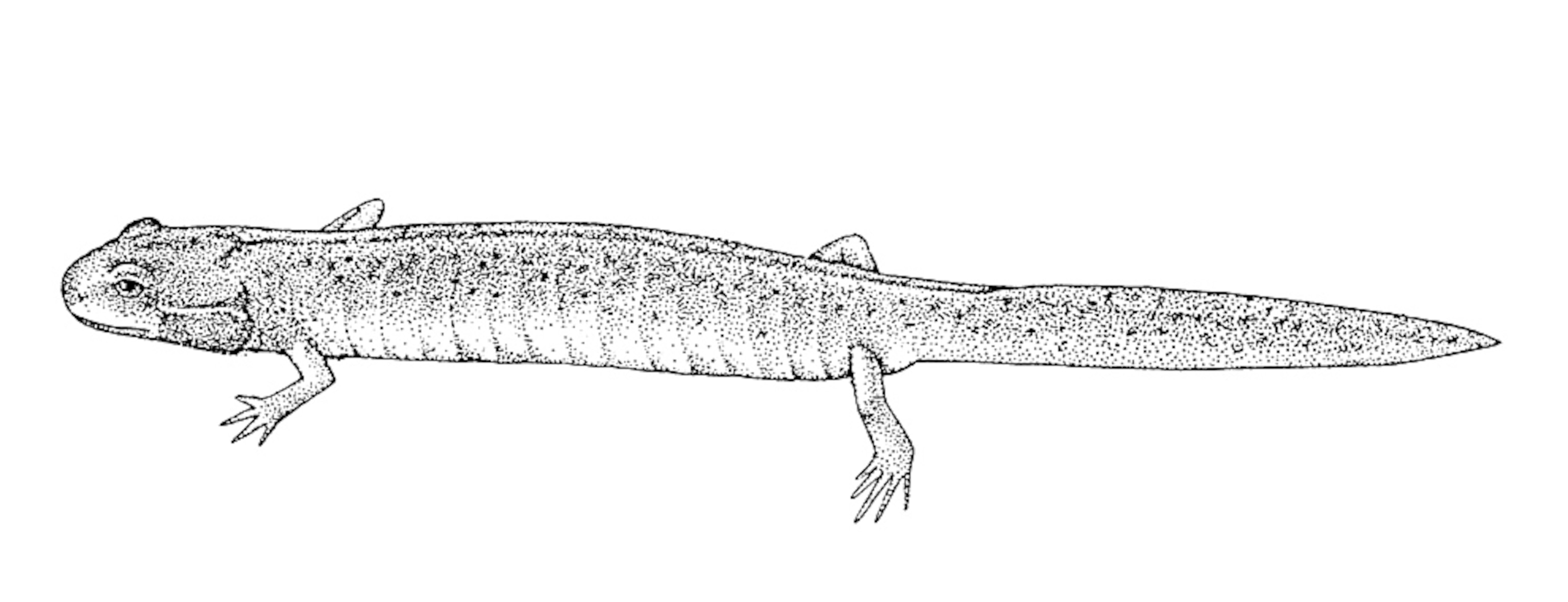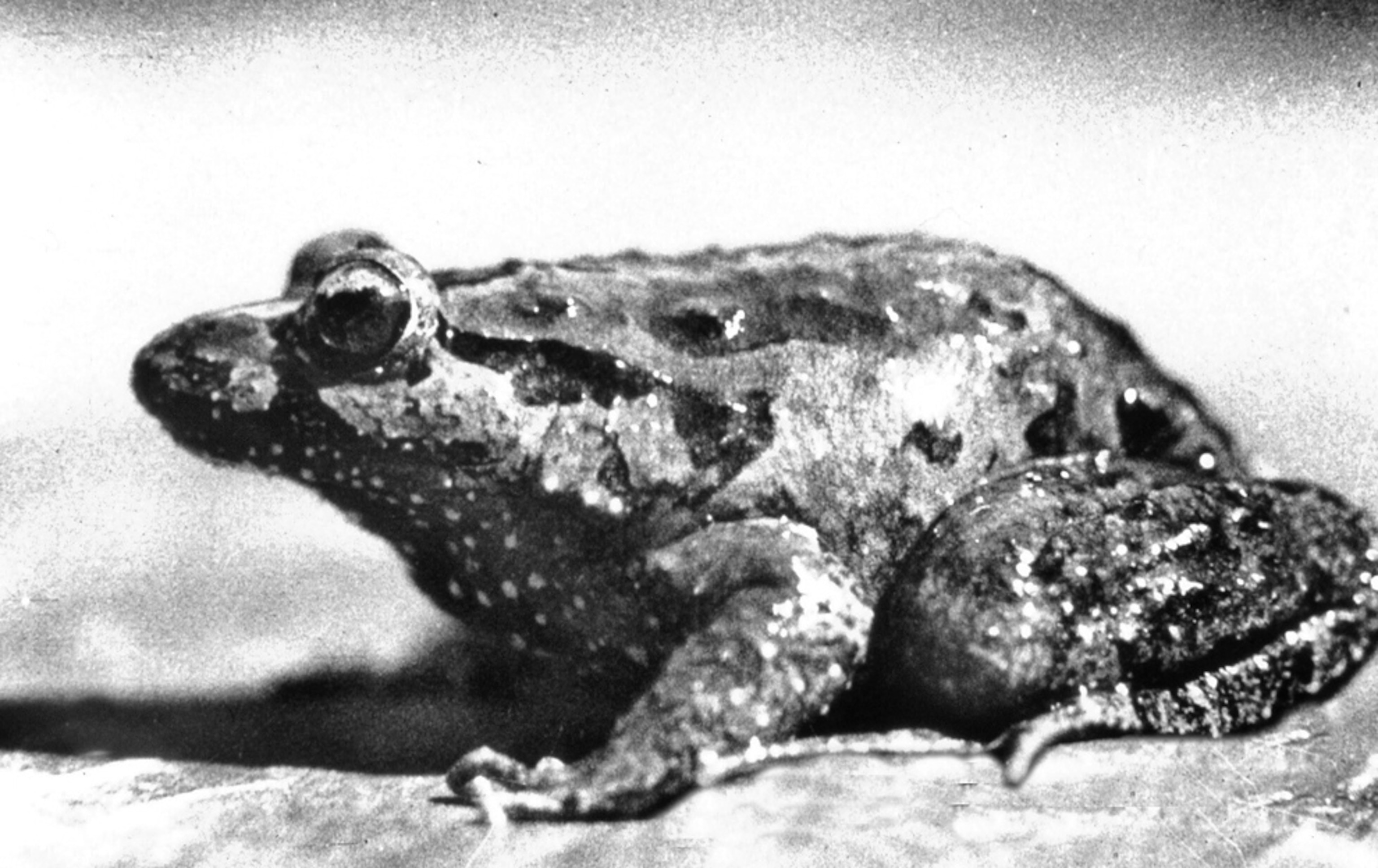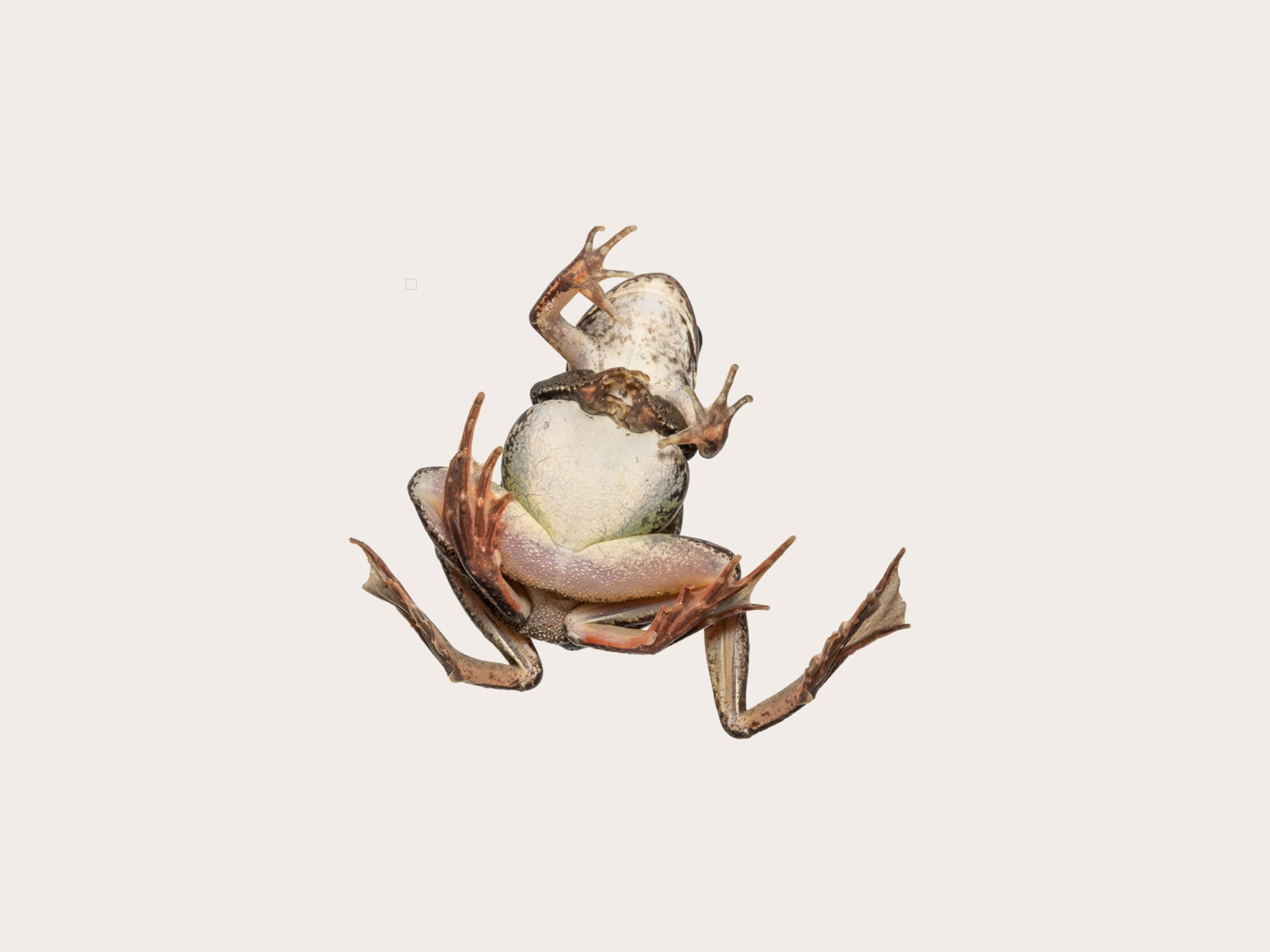1 of 10
Photograph by Michael Fogden, Getty Images
Photos: Ten Most Wanted "Extinct" Amphibians
From the golden toad to the Turkestanian salamander—the quest begins for the ten likely extinct amphibian species conservationists most want to rediscover.
August 10, 2010

